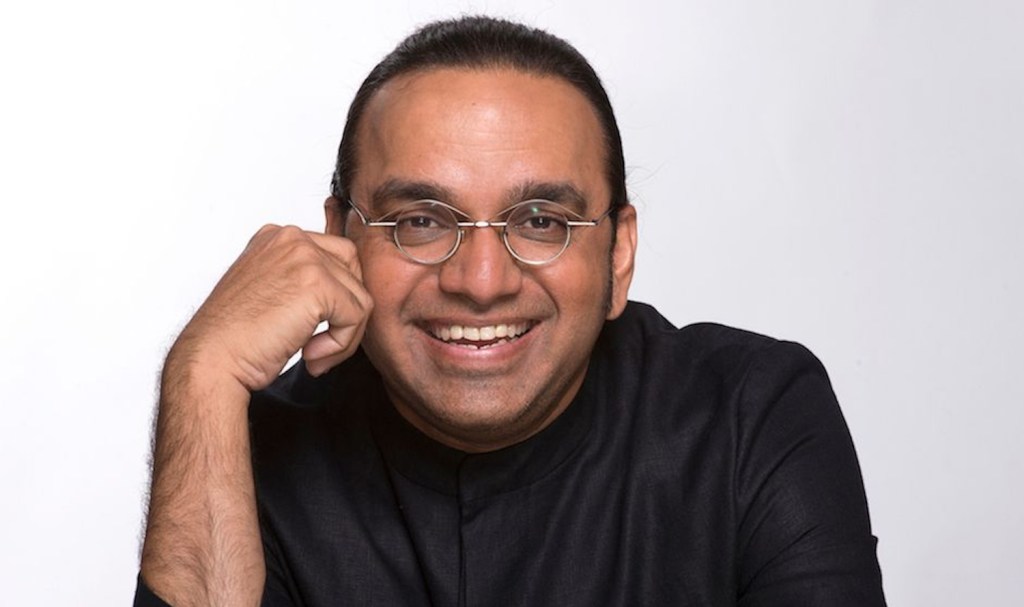We’ve partnered with the Bollywood Film Festival, presented by HSBC, to help show you the best in Indian cinema.
It might be difficult to spot, but for those who are in the know, Australian and Indian cinema are intrinsically linked. While the colour and music of Bollywood isn’t necessarily something one would usually associate with classic Aussie backdrops, if you’re a diehard Bollywood fan, you know they go hand-in-hand. For years, Australia’s own tourism boards have actively supported Bollywood films using our iconic beaches and landmarks as settings for their tales, and audiences in turn have eaten it up.
Now, this relationship is being explored in more detail than ever before in the new documentary, Brand Bollywood Downunder. Directed by Anupam Sharma, who has led the charge in linking Australia and India in cinema, Brand Bollywood Downunder completely dissects this relationship, and explores why it’s not as obscure as one might think. Fittingly, the documentary will be screening as part of the inaugural Bollywood Film Festival, presented by HSBC and taking place around the country. It’s a festival that celebrates the span of Indian cinema, which makes Brand Bollywood Downunder the perfect documentary to screen as part of it.
To celebrate the first-ever Bollywood Film Festival, we sat down with the pioneer himself, Anupam Sharma, to discuss the connection between Australia and India, and why the Bollywood Film Festival is so important.
Bollywood DownUnder is all about the links between Indian cinema and Australia. In a nutshell, where do you think this deep connection started? And why?
I think the current connection, which is so deep now, started off when Faraz Khan discovered that the wonderful land of Australia had a diversity of locations, and (film crews) were enticed by that.
But, when they came here, they realised that it’s our crew, it’s our welcoming attitude, it’s our diverse culture. Everything was so conducive to making films here in a friendly way. We had Australian cinematographers going to India, we had fight specialists going to India and doing fight sequences in India, so it was a two-way tale. We had film delegations, we had film festivals from Australia and India as early as 2000.
Australia is the most professional film industry and India is the most prolific film industry. And the marriage between the two is so obvious.
Do you ever see quintessentially Indian cinematic elements reflected in Australian cinema? Are the connections more obvious than they seem?
What I do see is a number of India-centric Australian stories evolving now and in various stages of production because India has become such a big diaspora, and that diaspora wants to tell their stories — the Bend it Like Beckham stories from Australia, I call them. I think that’s where the future lies because, as the connection gets deeper, Australasia not only services Bollywood but also collaborates with Bollywood and this coproduction treaty and festivals like Bollywood Film Festival help a lot in taking it to the mainstream.
What do you think is the biggest misconception the average Australian filmgoer has about Indian cinema or Bollywood?
I think the biggest misconception is that they think Bollywood is Indian cinema and Indian cinema is Bollywood and that is totally wrong. Indian cinema is huge, Bollywood is just a little section of it. The trendy states in India, each state has their own cinema. Nowhere else in the world will you find it. A cinema of Queensland, for example — that doesn’t exist.
The other misconception is they kind of expect that a Bollywood film is a musical but it’s totally different to a Western musical. In a Bollywood film, the narrative carries forward with song and dance sequences.
The inaugural HSBC Bollywood Film Festival is sporting a range of Indian films that span genres. From your perspective, what’s the one thing you’d like those new to Indian cinema to walk away from the festival with?
The one thing that I’d like people who are new to Indian cinema to walk away with is the knowledge of its rich spectrum. From a noir film like Kennedy to a political film like Juram to a frothy Australian film like Bollywood Downunder — it just traverses a whole spectrum. I would like them to walk away with the fact that Bollywood is not Indian cinema and Indian cinema is not Bollywood.
Picture this: someone has just left the Bollywood Film Festival and has fallen in love with what they saw. What would your next steps be for that person who wants to explore it more?
So someone who has just walked out of Bollywood Film Festival and loved what they saw have a number of Bollywood films at their disposal which get released every week in theatres. You can go on streaming services, or even some free-to-air TV channels, and you’ll find them. If you have really fallen in love with Bollywood films, please watch Brand Bollywood Downunder. In 90 minutes, it gives you a quick beginner guide on what is Bollywood, where Australia fall into the picture who called in Bollywood, why Indian cinema is loud, why Bollywood has songs and dance, why they’re three hours long, why there are intermissions, all of it. It will answer all of your questions.
Tickets for the Bollywood Film Festival, taking place from November 2 – 5, are available now via the official website.
Read more stories from The Latch and subscribe to our email newsletter.








